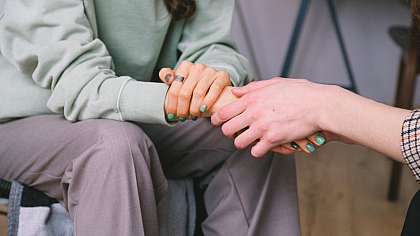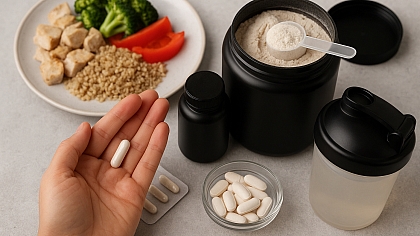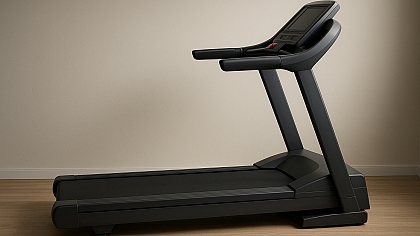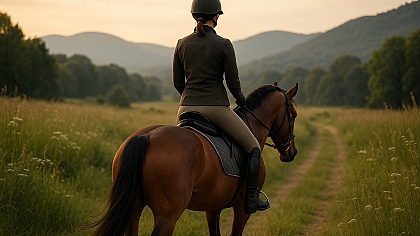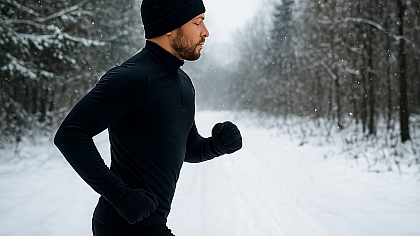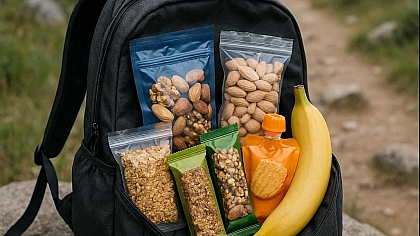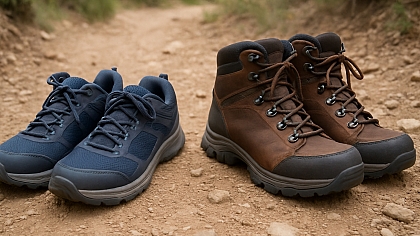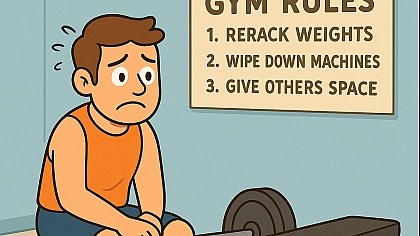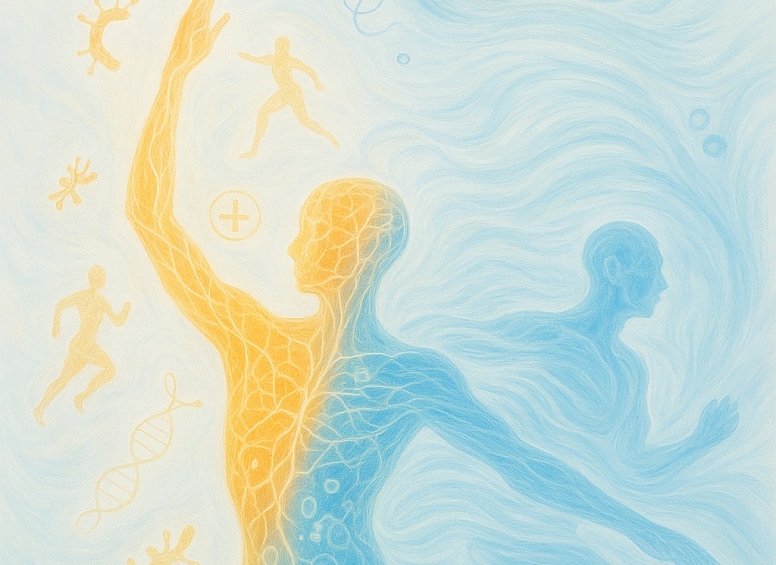
How Exercise Reduces Stress and Anxiety – Science-backed benefits
Feeling overwhelmed? A workout might be more effective than you think. Research shows exercise improves physical health and is one of the most powerful tools for reducing stress and anxiety.
Here’s exactly how movement rewires your brain and body for calm, plus the best types of exercise for mental health.
The Science: How Exercise Fights Stress
1. Lowers Stress Hormones
- Cortisol (the primary stress hormone) decreases after just 20-30 minutes of moderate exercise.
- Adrenaline and norepinephrine (fight-or-flight chemicals) are metabolised faster.
Study: A Journal of Endocrinology meta-analysis found aerobic exercise reduces cortisol levels by 26% in stressed adults.
2. Boosts "Feel-Good" Chemicals
Exercise triggers the release of:
✔ Endorphins – Natural painkillers that create a "runner’s high"
✔ Serotonin – Regulates mood, sleep, and appetite
✔ Dopamine – Improves motivation and pleasure
Brain scan studies show these effects last up to 12 hours post-workout.
3. Resets the Nervous System
- Activates the parasympathetic system (rest-and-digest mode)
- Reduces amygdala reactivity (the brain’s fear centre)
- Improves heart rate variability (HRV) – A key marker of stress resilience
Best Exercises for Stress & Anxiety
| Exercise Type | How It Helps | Ideal Duration |
|---|---|---|
| Brisk Walking | Gentle cortisol reduction + sunlight exposure | 30-45 min |
| Yoga/Tai Chi | Combines movement + breathwork for nervous system reset | 20-60 min |
| Cycling | Rhythmic motion distracts from rumination | 45 min |
| Weight Training | Builds mental resilience through controlled challenge | 30-40 min |
| Dancing | Music + movement elevate mood quickly | 20 min |
Note: Even 10-minute bursts of activity can reduce acute anxiety.
Why Exercise Works Better Than Avoidance
Many people cope with stress by:
- Scrolling mindlessly
- Binge-eating
- Napping excessively
Exercise actively processes stress by:
- Metabolising stress hormones (instead of letting them linger)
- Providing a productive outlet for nervous energy
- Building physical tolerance to stress symptoms (elevated heart rate, sweating)
How to Maximise the Stress-Relief Effects
1. Add Nature (When Possible)
"Green exercise" (outdoor activity) reduces cortisol 15% more than indoor workouts.
2. Focus on Rhythm
Repetitive motions (swimming laps, rowing) induce a meditative state.
3. Avoid Overexertion
Extreme fatigue increases cortisol. Stay at 60-80% max effort for stress relief.
4. Pair With Breathing
Inhale for 4 steps, exhale for 6 (creates instant calm).
When Stress Becomes Chronic: Exercise as Therapy
For diagnosed anxiety disorders, exercise is as effective as:
- Cognitive Behavioural Therapy (CBT) for mild-to-moderate cases
- SSRIs (antidepressants), when done consistently
Clinical protocol:
- Frequency: 3 - 5x weekly
- Intensity: Moderate (can talk but not sing)
- Type: Mix cardio + strength + mindfulness
FAQs
Q: How fast does exercise reduce anxiety?
A: Acute effects start in 5 minutes (calms the nervous system). Long-term benefits build over 4-6 weeks.
Q: Can exercise replace medication?
A: For some, always consult your doctor before changing treatment.
Q: What if I’m too stressed to work out?
A: Start with 5-minute stretches or a walk. Motion creates momentum.
Q: Why do I feel worse after some workouts?
A: Overtraining spikes cortisol. Reduce intensity and prioritise recovery.
Your Brain on Exercise: A Natural Antidote to Stress
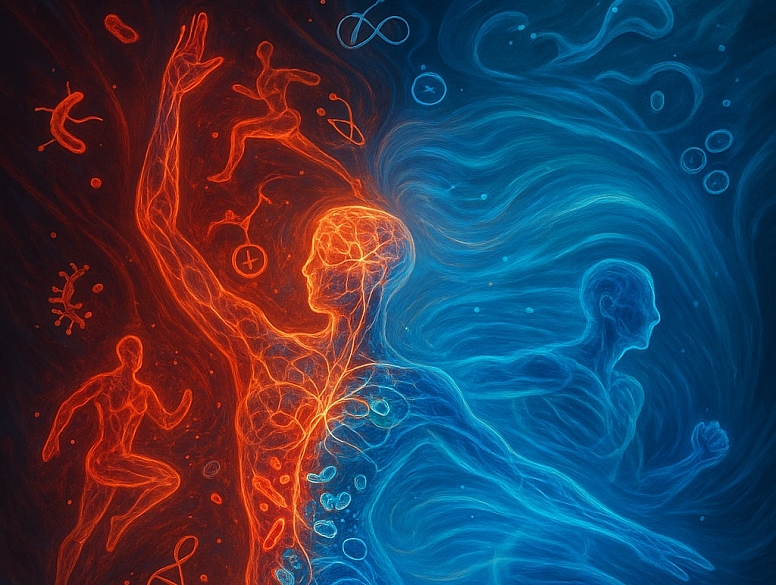
Every workout is like hitting a "reset button" for your nervous system. The key? Consistency over intensity.
Tonight’s Prescription: A 20-minute walk—no phone, just movement and breathing. Notice the shift in your mental state.
The Gut-Brain Connection: How Exercise Improves Stress Resilience
Emerging research reveals exercise positively alters gut microbiota, which directly communicates with the brain via the gut-brain axis. Key findings:
- 30 minutes of moderate exercise increases beneficial bacteria (like Bifidobacterium) by 40%
- These microbes produce GABA (a calming neurotransmitter) and short-chain fatty acids that reduce inflammation
- Runners show more diverse gut microbiomes than sedentary individuals
Practical Tip: Pair exercise with probiotic-rich foods (kefir, kimchi) for enhanced stress protection.
The "Exercise Snacking" Approach for High-Stress Days
When too overwhelmed for a full workout, try these 3-5 minute micro-sessions:
- Stair sprints (2 flights up/down) – Burns adrenaline fast
- Wall push-ups + deep breathing – Combines strength with parasympathetic activation
- Power posing (standing tall, arms wide for 1 min) – Reduces cortisol by 19%
Study: University of Colorado found 6x 30-second bursts of activity throughout the day lowered anxiety as effectively as one 30-minute session.
How Different Intensities Affect Stress Hormones
| Intensity | Cortisol Impact | Best For |
|---|---|---|
| Low (walking, yoga) | Immediate 20% drop | Acute stress relief |
| Moderate (jogging, cycling) | 30-40% reduction within 1 hour | Lasting calm |
| High (HIIT, heavy lifting) | Temporary spike, then 50% drop by 24hrs | Building stress tolerance |
Key Insight: Alternating intensities creates optimal hormone balance, like cross-training for your nervous system.
The Social Exercise Advantage
Group workouts provide unique stress-busting benefits:
- Synchronised movement (dance classes, crew rowing) increases endorphins by 27%
- Laughter during exercise (like social sports) boosts serotonin more than solo workouts
- Accountability partners make stress-relief exercise 43% more consistent
Try This: Join a recreational volleyball league or weekly hiking group for combined social and physical benefits.
Post-Workout Rituals to Prolong Calm
Extend exercise's anti-anxiety effects with:
- Cold exposure (30-second cold shower) – Doubles dopamine
- Weighted blanket use – Enhances post-exercise serotonin uptake
- Humming or chanting – Stimulates the vagus nerve for deeper relaxation
Neurochemical Bonus: These activities amplify exercise-induced neuroplasticity by 22%.
When Stress Blocks Motivation: The 2-Minute Rule
Break through mental barriers with:
- Put on workout clothes (no commitment)
- Start for just 120 seconds (often leads to continuing)
- Celebrate any movement (even stretching counts)
Psychology Behind It: Action precedes motivation—small wins rebuild self-efficacy.
The Circadian Timing Advantage
For maximum stress reduction:
- Morning exercise (6-8 AM) best regulates cortisol rhythm
- Afternoon sessions (3-5 PM) optimise endorphin release
- Evening stretching routines (7-9 PM) enhance sleep quality and melatonin production
Exception: Night owls see better stress relief working out 2-3 hours before their natural bedtime.
Tonight's Science-Backed Stress Reset
- 7-minute dance party (your favourite songs)
- 5-minute cold shower (work up to 30 seconds)
- 10-minute legs-up-the-wall pose with diaphragmatic breathing
What is meant by the 5-minute cold shower?
-
-
The total shower duration is 5 minutes.
-
Only part of that time is under cold water.
-
-
"Work up to 30 seconds"
-
Start with just 5–10 seconds of cold water at the end of your shower.
-
Each session, increase by 5 seconds until you can tolerate 30 seconds straight.
-
The rest of the 5 minutes can be warm water (or alternating cold/warm).
-
Why This Works for Stress & Recovery
-
Boosts dopamine (up to 250% after brief cold exposure)
-
Reduces inflammation by constricting blood vessels, then flushing them with oxygen-rich blood
-
Activates the parasympathetic nervous system post-shower, deepening relaxation
How to Implement It Safely
-
Finish your shower warm → Turn to cold for the last 5–30 seconds
-
Breathe deeply (don’t hold your breath) to override the shock response
-
Never go straight to ice-cold – Start with "uncomfortably cool" and progress
Advanced Tip for Athletes
Once comfortable with 30 seconds:
-
Try contrast therapy (30 sec cold → 1 min warm, repeat 3x)
-
Or full 2–3 min cold showers for enhanced recovery
(This method prevents the cortisol spike that occurs with prolonged, unprepared cold exposure.)
